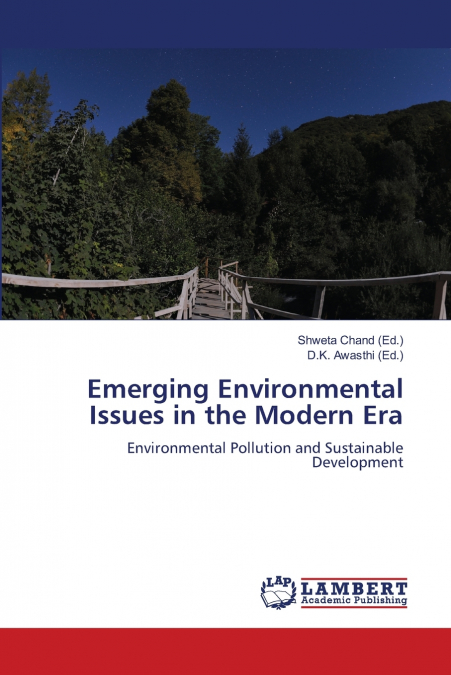
D.K. Awasthi / Shweta Chand
When there is an undesirable change in the surrounding that has harmful effects on plants and animals, it leads to environmental pollution. A pollutant is a substance that causes pollution. We can have pollutants in liquid, solid or gaseous forms. A substance becomes a pollutant when its concentration is greater than the natural abundance and this increase in concentration is either due to human activities or natural phenomena. There are pollutants which can be degraded and rapidly broken down by natural processes similar to the degradation of vegetables. We also have pollutants which take decades to degrade, once released cannot be easily removed. For example, DDT, plastic materials, heavy metals and nuclear waste. Pollutants are classified as notable pollutants, fund pollutants, and light pollutants. The concentration of pollutants is measured to determine risk assessment in public health. This book deals with the environmental pollution issues and their solution with the sustainable development.